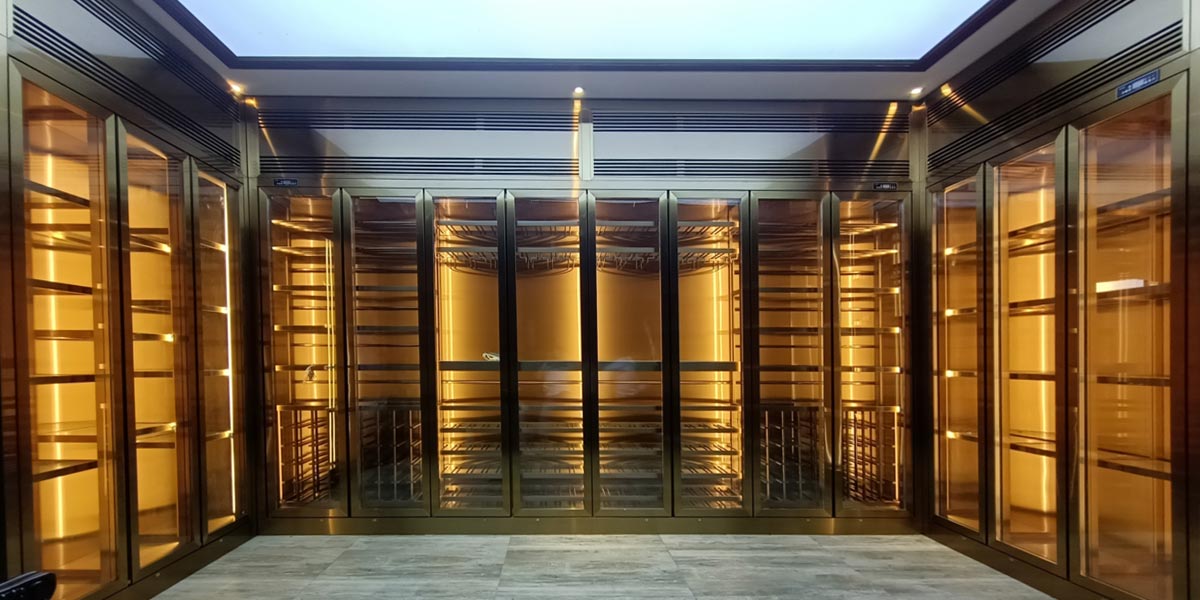How to Clean Stainless Steel Cabinets
Stainless steel cabinets are a popular choice for modern kitchens, commercial spaces, and industrial settings due to their sleek appearance, durability, and resistance to moisture and heat. However, to maintain their pristine look and longevity, proper cleaning and maintenance are essential. Over time, stainless steel surfaces can accumulate fingerprints, smudges, grease, and water stains. Without the right cleaning techniques, these marks can dull the surface and reduce its aesthetic appeal.
1. Daily Cleaning Routine
To maintain the shine and cleanliness of stainless steel cabinets, it’s important to clean them regularly. A simple daily routine will prevent dirt buildup and keep your cabinets looking spotless.
What You Need:
Microfiber cloth or soft cotton cloth – Avoid abrasive materials that can scratch the surface
Mild dish soap – A gentle cleaner that removes grease without damaging the steel
Warm water – Helps loosen dirt and grime
Soft sponge – Ideal for wiping down surfaces
Steps for Daily Cleaning:
1. Dampen a microfiber cloth with warm water and wipe down the surface to remove dust and light stains.
2. If needed, mix a few drops of mild dish soap with warm water and use a soft sponge to clean greasy spots.
3. Rinse with clean water to remove any soap residue.
4. Dry the surface with a clean microfiber cloth to prevent water spots.
Tip: Always wipe in the direction of the stainless steel grain to avoid streaks and scratches.
2. Deep Cleaning for Tough Stains
If your stainless steel cabinets have stubborn grease, fingerprints, or discoloration, a deeper clean may be required.
What You Need:
White vinegar – A natural degreaser and disinfectant
Baking soda – Helps remove stains and tough grease buildup
Olive oil or baby oil – Restores shine and prevents streaks
Spray bottle – For easy application
Steps for Deep Cleaning:
1. Use white vinegar: Fill a spray bottle with equal parts vinegar and water. Spray it directly onto the cabinet surface and let it sit for a minute.
2. Wipe with a microfiber cloth: Gently clean the surface, following the grain direction.
3. For stubborn stains: Make a paste with baking soda and water, apply it to the stain, and rub gently with a soft cloth. Rinse with clean water.
4. Restore shine: Apply a few drops of olive oil or baby oil onto a microfiber cloth and buff the surface. This adds a protective layer and enhances the steel’s natural shine.
Tip: Avoid using harsh chemical cleaners like bleach, ammonia, or abrasive scouring pads, as they can damage the stainless steel finish.
3. Removing Fingerprints and Smudges
Fingerprints are one of the most common issues with stainless steel cabinets, especially in high-touch areas like kitchen spaces.
Quick Fix:
Glass cleaner or rubbing alcohol: Spray onto a microfiber cloth (not directly on the cabinet) and wipe gently.
Commercial stainless steel cleaner: Available in stores, these cleaners are designed to remove smudges without leaving residue.
Tip: To prevent future fingerprints, consider using a stainless steel polish or a thin layer of baby oil as a protective coating.
4. Handling Rust Spots and Discoloration
Although stainless steel is rust-resistant, exposure to moisture and harsh chemicals can cause discoloration over time.
How to Remove Rust or Water Stains:
1. Make a baking soda paste: Mix baking soda with water and apply it to the affected area.
2. Rub gently with a soft cloth or sponge: Do not use steel wool, as it can scratch the surface.
3. Rinse with clean water and dry thoroughly.
4. Apply a protective layer: A small amount of mineral oil can help prevent future rust formation.
Tip: If rust spots persist, use a commercial stainless steel rust remover, but always test on a small area first.
5. Preventative Maintenance Tips
To keep your stainless steel cabinets in top condition, follow these preventative measures:
Wipe spills immediately: Acidic foods (tomato sauce, vinegar, citrus) can damage the finish if left for too long.
Avoid harsh scrubbing pads: Stick to soft cloths and non-abrasive cleaners.
Keep moisture levels low: In humid areas, wipe cabinets frequently to prevent moisture buildup.
Use protective coatings: Stainless steel polish or baby oil can help repel dirt and fingerprints.
Meslier Stainless Steel Cabinets – The Ultimate Choice
For those looking for high-quality, durable, and stylish stainless steel cabinets, Meslier Stainless Steel Cabinets is a top-tier option. Unlike traditional wood cabinets, Meslier’s stainless steel designs offer:
Corrosion and rust resistance – Ideal for humid kitchens and commercial spaces
Hygienic and easy-to-clean surfaces – Perfect for food preparation areas
Modern and sleek aesthetics – Enhances contemporary kitchen designs
Durability and longevity – Resistant to scratches, heat, and moisture
Meslier Stainless Steel Cabinets are designed to withstand the test of time, making them an excellent investment for both residential and commercial kitchens.
Proper cleaning and maintenance are key to preserving the beauty and durability of stainless steel cabinets. By following a daily cleaning routine, using natural cleaners like vinegar and baking soda, and applying protective measures, you can keep your cabinets looking pristine for years.
For those looking to invest in premium stainless steel cabinetry, Meslier Stainless Steel Cabinets offers top-notch quality and long-lasting performance. Whether you need home kitchen cabinets, commercial kitchen setups, or industrial-grade storage solutions, Meslier provides the perfect blend of functionality, aesthetics, and durability.
Hot News
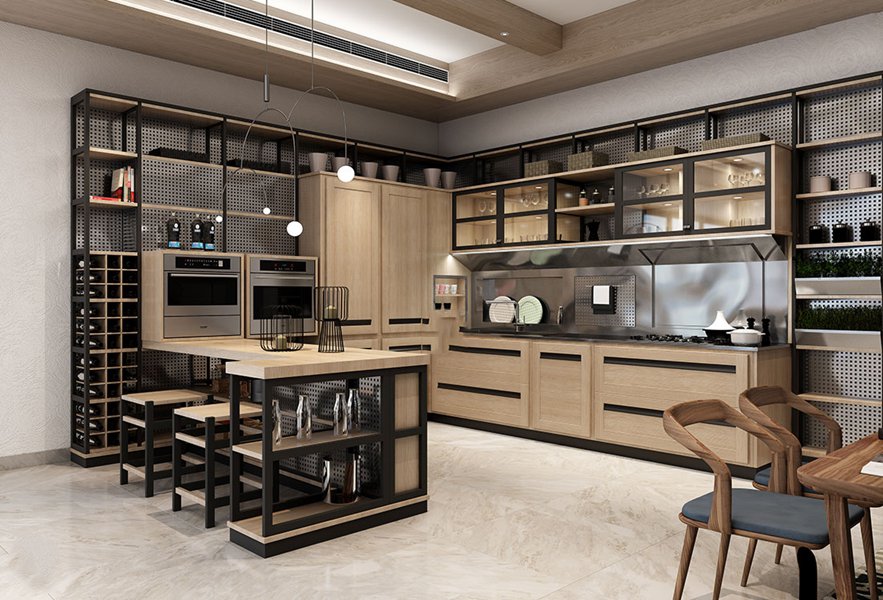
Best Outdoor Stainless Steel Cabinets: Features, Prices, and Buying Tips
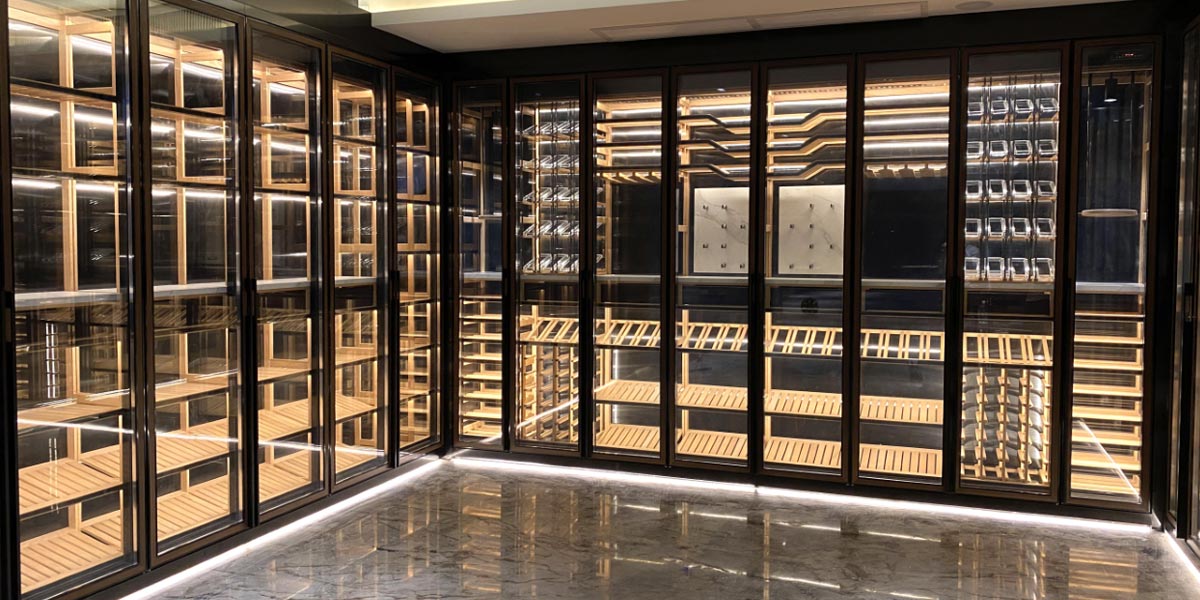
Built-in vs. Freestanding Stainless Steel Wine Cabinets
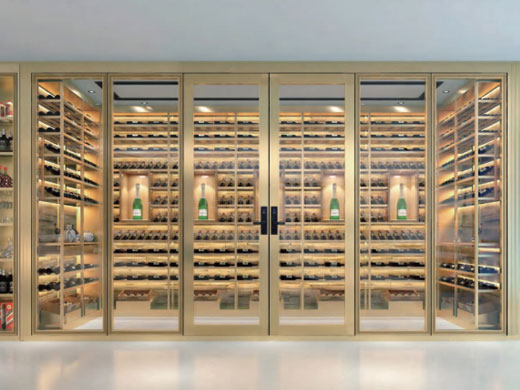
Stainless Steel Wine Cabinet: Ultimate Guide for Modern Wine Storage
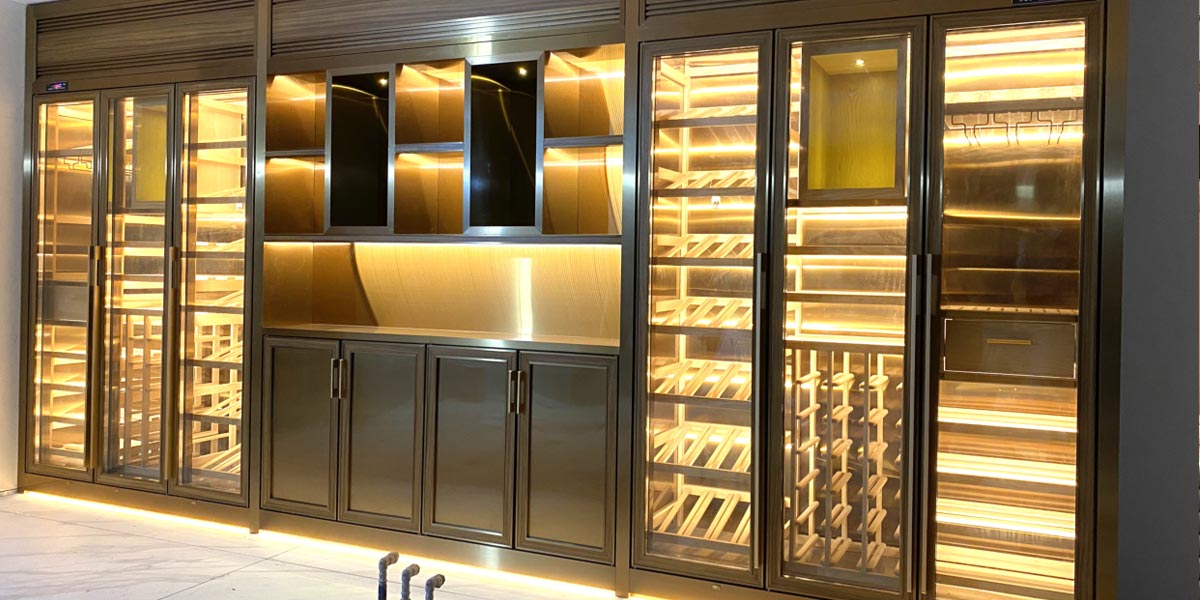
How to Choose the Right Stainless Steel Wine Cabinet: A Complete Buyer’s Guide
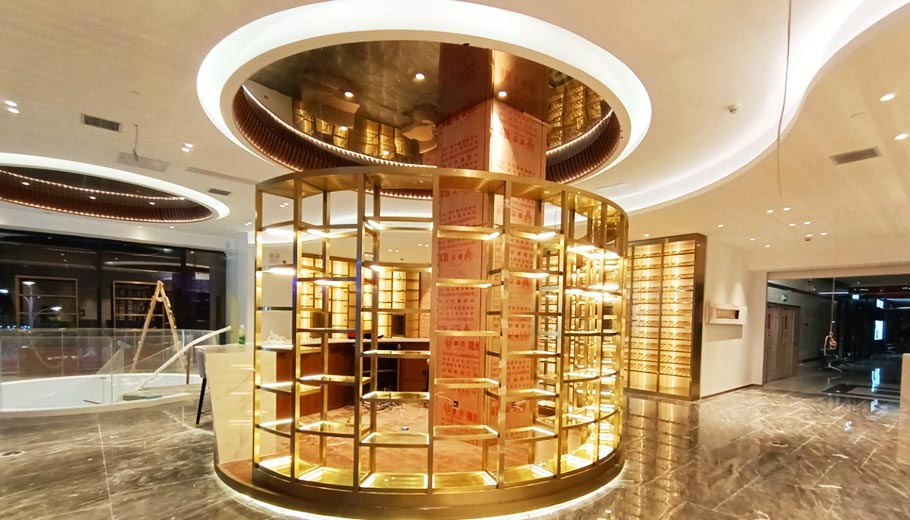
What Size Stainless Steel Wine Cabinet Do You Need?
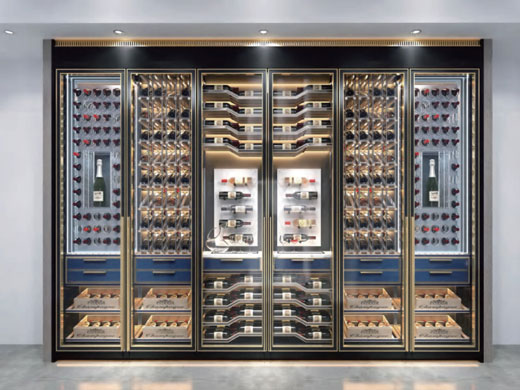
Single-Zone vs. Dual-Zone Stainless Steel Wine Cabinets: Which One Should You Choose?
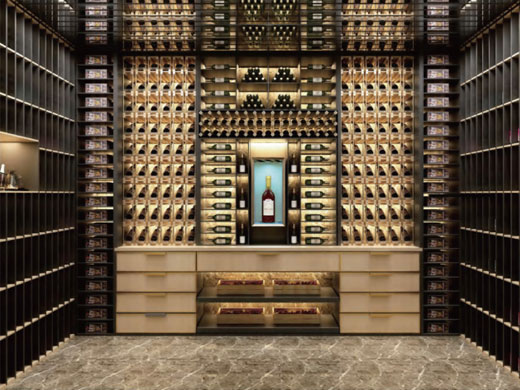
Best Commercial Stainless Steel Wine Cabinets for Bars & Restaurants








